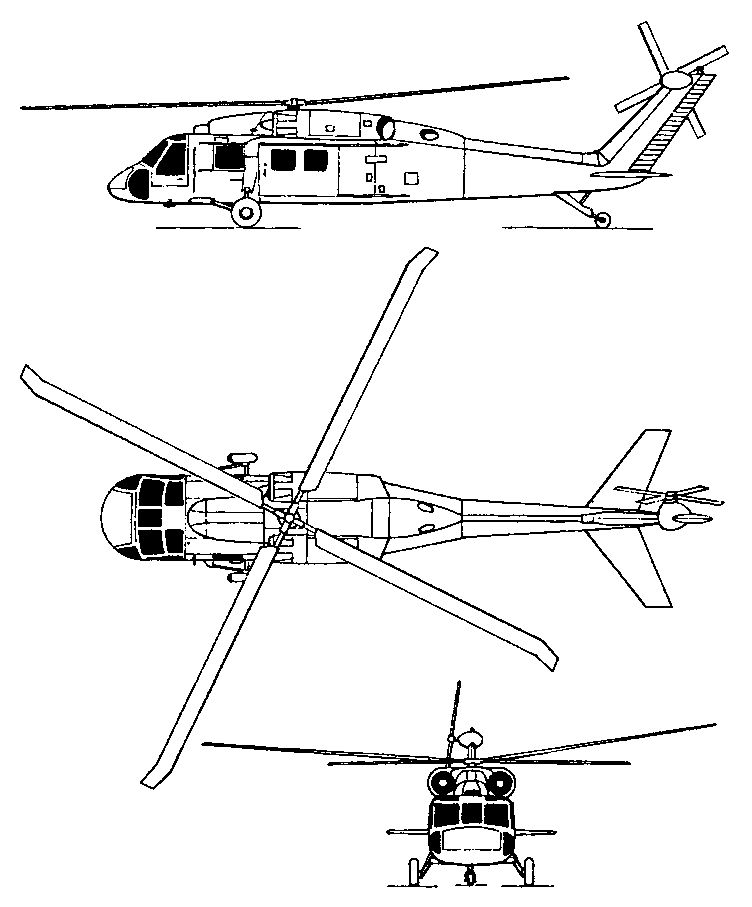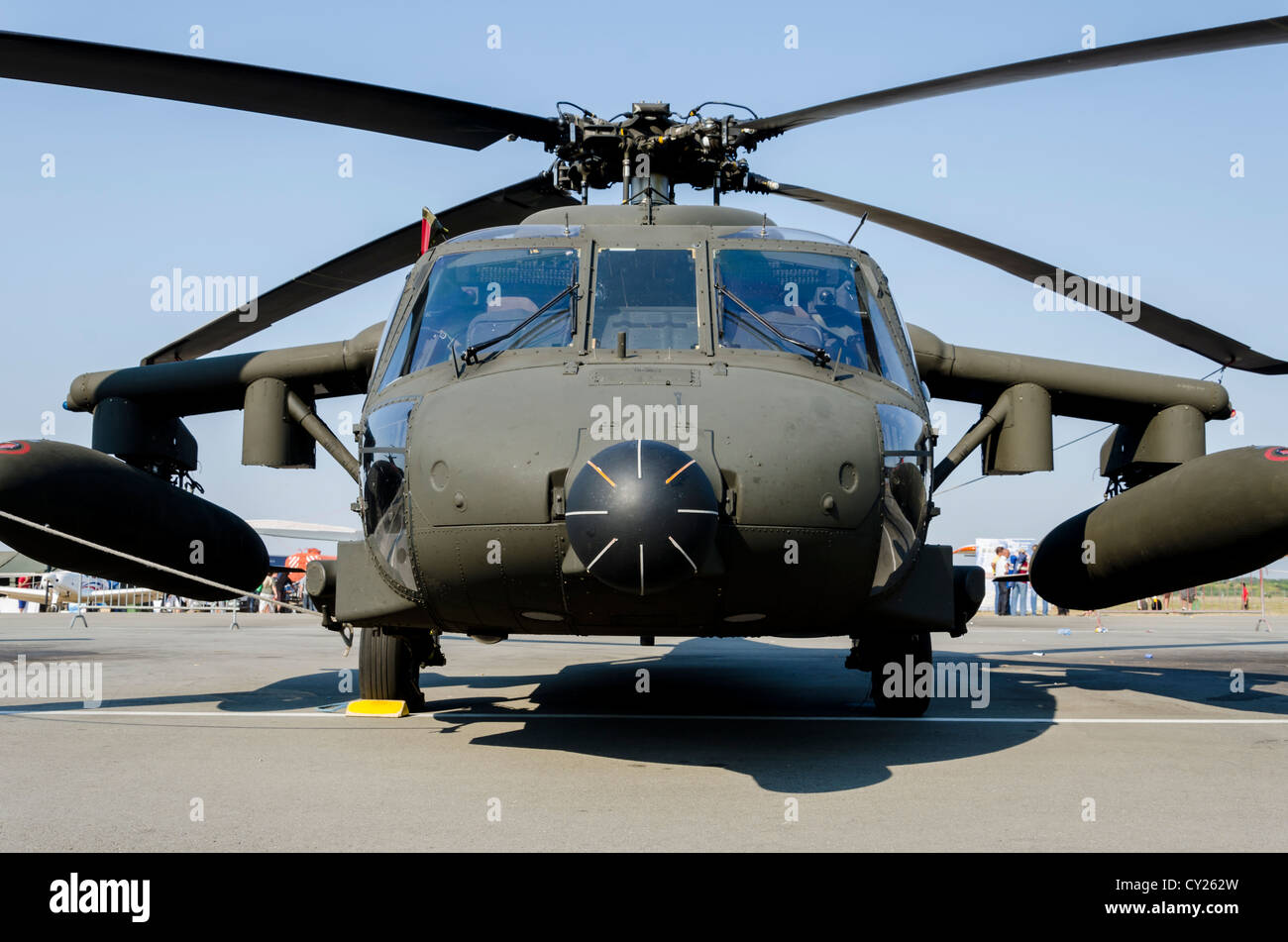Rotary-Wing Airplane Offering Superior Toughness and Precision Engineering
In the world of aeronautics, rotary-wing aircraft have actually long been identified for their unique abilities in various functional settings. As we explore the complex equilibrium between innovation and integrity in rotary-wing aircraft, it comes to be noticeable that the merging of advanced technology and proven layout concepts has established a brand-new requirement for performance and efficiency in the aerospace industry.
Advancement of Rotary-Wing Modern Technology
Throughout the history of aviation, the advancement of rotary-wing innovation has been a testimony to constant advancement and innovation in aeronautical design. From the early days of upright trip with primary designs to the innovative helicopters and other rotary-wing aircraft these days, the progression in this area has actually been amazing.
In the very early 1900s, pioneers like Igor Sikorsky and Juan de la Cierva made substantial strides in rotary-wing innovation. Sikorsky's VS-300 helicopter, first flown in 1939, noted an essential moment in the advancement of practical rotary-wing aircraft. This success led the way for more developments in vertical flight capacities.

Today, rotary-wing airplane play crucial roles in different industries, consisting of armed forces operations, emergency situation medical services, regulation enforcement, and commercial transportation. The development of rotary-wing innovation remains to press the limits of what is possible in vertical flight, ensuring that these aircraft continue to be indispensable possessions in the air travel sector.
Materials and Construction Innovations
Showing a blend of sophisticated products and exact construction methods, rotary-wing airplane have actually undergone considerable innovations in durability and performance. One of the key developments in materials used for rotary-wing airplane is the raising utilization of composite materials. These products, such as carbon fiber reinforced polymers, offer a high strength-to-weight ratio, boosting both the architectural honesty and overall performance of the airplane. Additionally, innovations in producing processes have actually enabled more specific and elaborate building of rotary-wing parts, adding to boosted aerodynamics and effectiveness.
Moreover, the combination of sophisticated finishings and surface therapies has actually played a vital function in improving the resilience of rotary-wing aircraft. These layers give security against deterioration, abrasion, and severe climate condition, expanding the life expectancy of the aircraft and lowering maintenance requirements.
In regards to building innovations, additive production, also recognized as 3D printing, has actually revolutionized the manufacturing of complex parts for rotary-wing aircraft. This technology enables rapid prototyping and modification, resulting in much faster advancement cycles and lowered expenses. On the whole, the constant advancement of materials and building and construction techniques is driving the capacities and performance of rotary-wing aircraft to brand-new heights.
Precision Trip Control Systems

The combination of GPS technology additionally improves the precision and dependability of these systems, allowing for exact navigation, waypoint monitoring, and automated trip control. sikorsky s 70. This level of accuracy not only boosts the safety of rotary-wing procedures but additionally improves general functional effectiveness and goal effectiveness
In addition, the continuous innovations in synthetic knowledge and artificial intelligence have actually helped with the advancement of independent flight abilities within Accuracy Flight Control Systems. This allows rotary-wing airplane to perform complicated goals with unrivaled accuracy and helpful resources uniformity, making them indispensable assets in a variety of applications, consisting of military operations, search and rescue objectives, and aerial digital photography.
Durability in Challenging Environments
In demanding operational setups, rotary-wing airplane show exceptional strength and effectiveness, making sure optimal performance under difficult environmental conditions. These airplanes are created to stand up to a large range of ecological aspects, including extreme temperatures, high winds, and rough surface, making them well-suited for various missions in diverse landscapes.
One vital factor adding to the toughness of rotary-wing aircraft is their tough building. These aircraft are constructed making use of premium materials and progressed engineering strategies to enhance their architectural honesty and dependability. In addition, components such as rotor blades, engine systems, and landing gear are meticulously created to withstand the pressures and stresses experienced during operations webpage in difficult atmospheres.
In addition, rotary-wing airplane are outfitted with innovative onboard systems that monitor efficiency metrics in real-time, permitting aggressive upkeep and early discovery of possible concerns - sikorsky s 70. This positive method helps prevent unanticipated failures and guarantees the ongoing airworthiness of the aircraft in requiring operational setups. Generally, the toughness of rotary-wing aircraft in tough atmospheres is a testimony to their exceptional design and design, making them indispensable possessions for various mission-critical operations
Upkeep and Reliability Specifications
The adherence to stringent maintenance and dependability you can find out more criteria is critical in making certain the optimum efficiency and security of rotary-wing aircraft. Routine upkeep checks, performed by qualified specialists, are necessary to identify and deal with any type of prospective problems before they jeopardize the aircraft's performance. These checks incorporate a thorough exam of all crucial components, consisting of the engine, blades system, avionics, and hydraulic systems, to guarantee that they remain in prime functioning condition.
Moreover, adherence to set up maintenance intervals according to producer standards is crucial for promoting the airplane's reliability. This positive technique aids prevent unexpected break downs and makes sure that the airplane continues to be airworthy for its intended missions. Furthermore, the application of durable integrity criteria, such as regular part screening and substitute based upon predetermined lifecycles, further enhances the aircraft's dependability.
Conclusion

Finally, the improvements in rotary-wing airplane innovation have actually caused remarkable toughness and accuracy design. With ingenious materials and building techniques, along with precision trip control systems, these airplane can operate in challenging environments with increased integrity. The upkeep and dependability requirements guarantee that these rotary-wing aircraft remain to execute at their ideal, making them necessary possessions for different industries.
Showing a blend of innovative materials and precise building and construction methods, rotary-wing aircraft have actually gone through significant innovations in longevity and performance. One of the key technologies in products used for rotary-wing airplane is the enhancing utilization of composite products.With precise focus to detail and progressed technical integration, rotary-wing airplane have welcomed Precision Trip Control Systems as a keystone of their operational quality. In general, the longevity of rotary-wing aircraft in tough atmospheres is a testimony to their exceptional design and design, making them crucial possessions for numerous mission-critical operations.
In final thought, the advancements in rotary-wing aircraft modern technology have led to premium resilience and accuracy design.